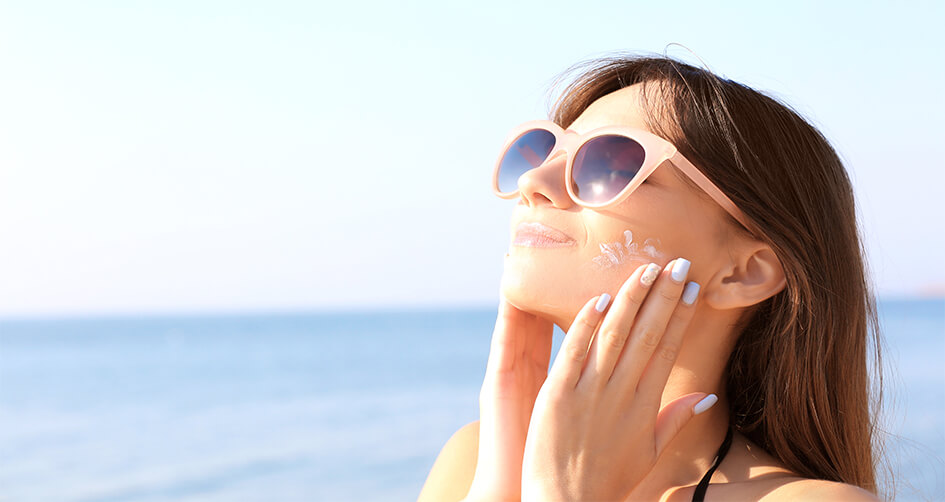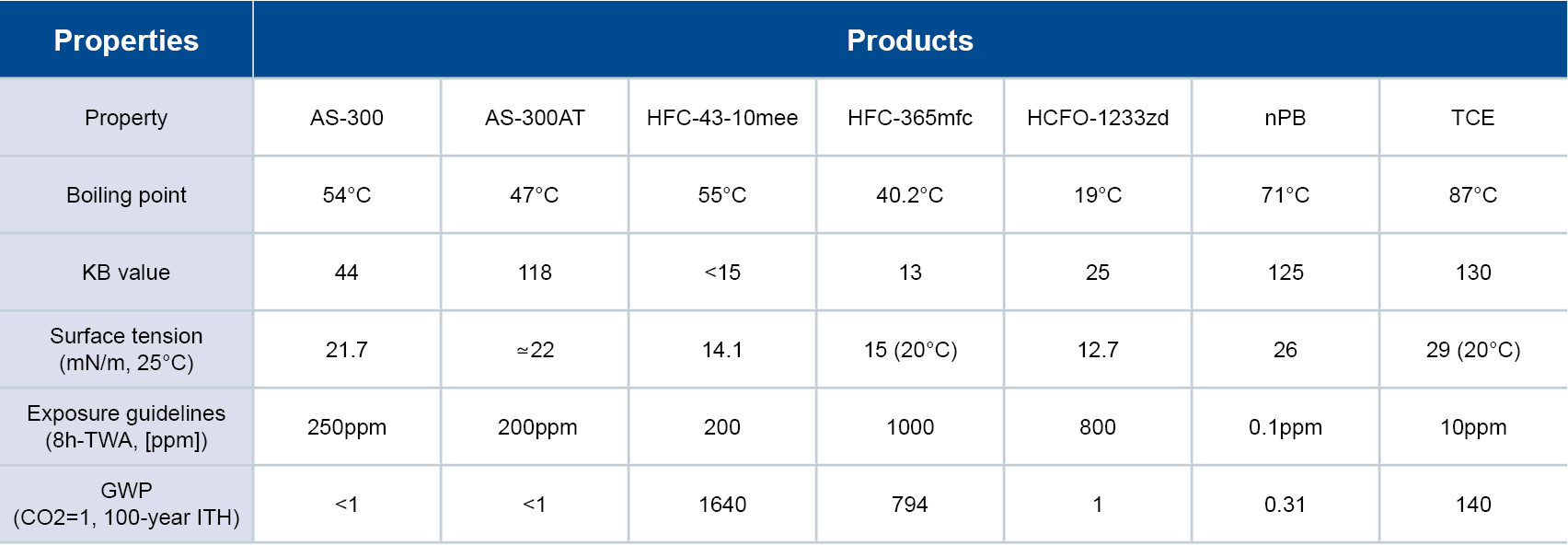The Latest Trends in Sunscreen Formulations Benefit From SPF Boost Ingredients

Reading Time: 3 minutes
Sunscreen is no longer just something you grab for a day at the beach. Consumers want products that are safe and effective for everyday use, can be worn under makeup or can be blended with other additives to offer additional benefits like moisture, tinting or anti-aging. However, there is a delicate balance to creating formulations that meet the stringent FDA requirements for sunscreens while providing a look and feel that keeps customers reaching for their bottles every day.
AGC’s SOLESPHERE™ microsphere silica gels offer multiple benefits to oil-in-water, water-in-oil and anhydrous formulations at low loading levels. The silicas have unique properties that can improve any formulation. Most SOLESPHERE grades are porous, so they naturally reflect light, which adds an extra boost of sun protection factor (SPF) to sunscreen formulations.
They can increase protection against UV-A and UV-B rays, reduce greasiness and stickiness, minimize pores, absorb oil and perspiration, improve spreadability and provide a matte appearance. And since they are made from silicon dioxide, they are nonplastic and nonpetroleum.
Read below to learn how adding SOLESPHERE to your formulation can help boost SPF and add the desirable characteristics demanded by today’s sunscreen market.
Mineral-Based Formulas
Chemical sunscreens in the U.S. have been under scrutiny for many years. In 2014, an FDA advisory panel announced that there wasn’t enough evidence to declare many sunscreen ingredients safe and effective. Then in 2019 and 2020, the FDA again published data showing that various chemicals commonly used in sunscreen are absorbed through the skin into the bloodstream at potentially significant levels. This led the FDA to propose a new rule that designated only mineral-based zinc oxide and titanium dioxide as clearly safe and effective active sunscreen ingredients.
Since then, the demand for mineral-based sunscreens containing zinc oxide and/or titanium dioxide has grown. These ingredients are sometimes called “physical blockers” or “inorganic UV filters” because they stay on the surface of the skin and mostly deflect UV rays. Even though they are generally regarded as safe and effective (GRASE), there is a limit to how much of these ingredients can be used in sunscreen formulations, making it difficult to reach a desired SPF.
Additionally, both zinc oxide and titanium dioxide are known for appearing white and pasty, being difficult to rub in and leaving skin with an ashy appearance. SOLESPHERE silica gels can be safely added to mineral-based sunscreen formulations to boost SPF, reduce greasiness and stickiness, and improve spreadability.
Improved Aesthetics
Now more than ever, younger age groups are understanding the value of protecting their skin from sun damage and demand SPF protection in their everyday cosmetics. This has led formulators to explore more ways to improve the aesthetics of their sunscreen formulations.
Look, feel, smell, spreadability, matte effect, tint and oil absorption are all features that consumers are looking for. So formulators should take these characteristics into account when creating a new product. Various SOLESPHERE grades can be incorporated into sunscreen formulations for mattifying, blurring and pore-minimizing effects that leave skin looking and feeling hydrated, smooth and glowing.
“Clean and Natural” Products
Even though the words “clean,” “natural” and “pure” are not regulated by any governing body in the U.S., consumers look to these words to determine if products are safe and meet their standards. For some consumers this may mean that the product is safe for use on babies or sensitive skin, for others it may translate to products that are free of parabens, phthalates or other chemical additives. Retailers are listening to the demands of customers, and formulators must follow suit.
SOLESPHERE silica gels are made from silicon dioxide, a natural and sustainable material. The products are environmentally friendly and safer for cosmetic and personal care applications. They are suitable for use in reef-safe sunscreen formulations, are non-nanoparticle, nonplastic and nonpetroleum, and are Ecocert- and COSMOS-certified.
How SPF Boosters Improve Sunscreen Formulations
SOLESPHERE’s light-reflecting pores provide an SPF boost for sunscreen formulations. When used in organic (chemical) formulations as a replacement for oxybenzone, octinoxate, avobenzone, octocrylene and homosalate UV filters, SOLESPHERE gels help boost SPF to the required level or to SPF 15 to achieve broad-spectrum effectiveness. When used in nonorganic (physical) formulations with titanium dioxide and zinc oxide, SOLESPHERE gels boost SPF, reduce white appearance, improve spreadability and blend better into the skin.
They improve both tactile and visual aesthetics, and their near-perfect spherical shape enables more consistent formulations that spread more smoothly on skin. The microspheres are strong and do not deform easily when pressed, so the products glide easily. They are an ideal replacement for Nylon 12, PMMA and other plastic beads, microplastics and nanomaterials. To learn more about adding SOLESPHERE silica gel to your formulation, contact an AGC product expert.
 English
English 